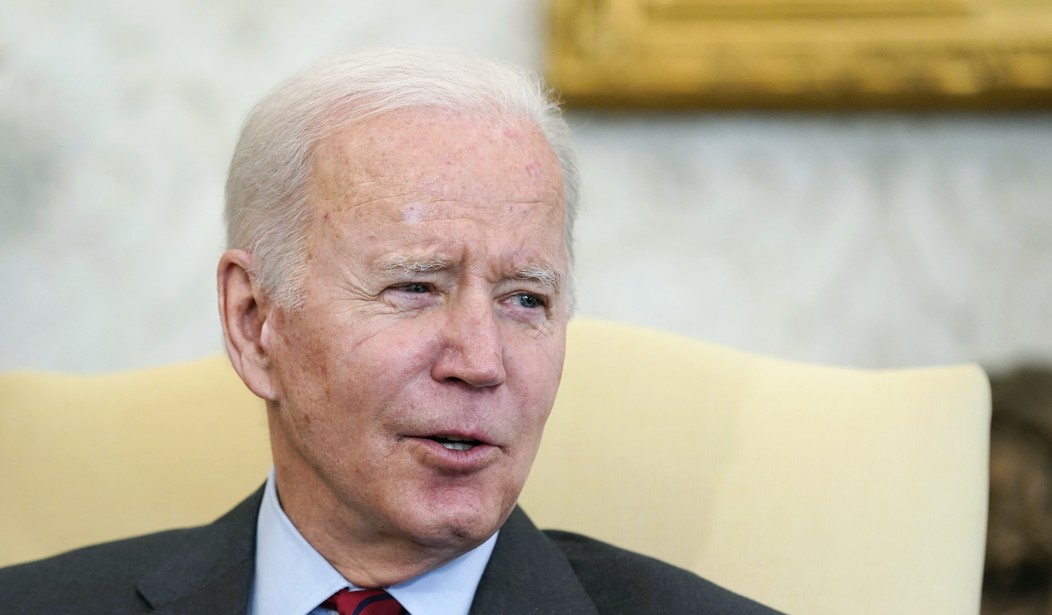The Biden administration wants 50% of all new cars sold by 2030 to be electric or plug-in hybrids. But the average range of today’s electric cars is only about 180 miles. That means for any trip on an interstate, there have to be charging stations every few miles to ensure that people are stuck in the middle of nowhere high and dry.
Recognizing the problem, a big chunk of funding in the infrastructure bill was for building a network of power stations from Texas to Canada and from sea to shining sea.
That’s all well and good, but as the Washington Post points out, it’s just the tip of the iceberg.
The administration says the money is the largest investment of its kind, yet it still represents a fraction of the estimated $39 billion cost of building a public charging system by 2035.
“The $5 billion the EV Charging Program will provide is a historic investment, but it is far from sufficient,” the Natural Resources Defense Council, an environmental group, wrote in comments to the Federal Highway Administration. “Federal guidance should do everything possible to encourage complementary commitments and hedge against displacing other investments or programs.”
But adding a few thousand power stations across the vast expanse of the U.S. doesn’t even begin to address the problem.
Electric vehicles are a tiny fraction of annual sales and establishing a viable network of chargers — the administration wants 500,000 — is widely seen as a vital step to convince more Americans to switch out their gas-powered cars. But it’s a job that must account for the needs of apartment and rowhome dwellers, who can’t charge on their driveway, and people traveling through rural areas, where electric grids might struggle to meet demand.
And switching to electric cars is definitely not going to save our poor, overheating planet, as Forbes pointed out in 2018.
But there’s much more to the electric car story than what you might be hearing. The anti-fossil-fuel business tends to forget and/or ignore the fact that electric cars are, obviously, just that … powered by electricity, a secondary energy source that is mostly generated by the combustion of coal and natural gas both here in the U.S. and around the world.
Electric cars often need an entire night to recharge at home, and they can “increase a house’s power consumption by 50% or more,” The New York Times reported in 2013. A fellow FORBES contributor notes, “Adding an electric car on the grid is equivalent in some cases to adding three houses.”
Living in rural Central Illinois, we see very few fully electric cars. The nearest town is 18 miles away and the nearest MMC (Major Metropolitan Center) is about 90 miles from here. That’s close enough for one round trip (hopefully) of an electric car.
Personally, I can’t wait to drive my own electric car — just as soon as they can go 400 miles with one charge and are almost as powerful as a gasoline car. But no amount of government salesmanship is going to entice very many Americans to go electric until it makes sense for them to buy one. And that includes lowering the average price of an EV from $56,000. compared to a gas-powered new car of $36,000.
The government has been pushing EVs for more than a decade. They have subsidized the purchase price of a new EV and given tax breaks for buying one. If sales haven’t taken off by now, there must be something inherently wrong with them.
Maybe the fact that they’re underpowered and overpriced has something to do with it.










Join the conversation as a VIP Member